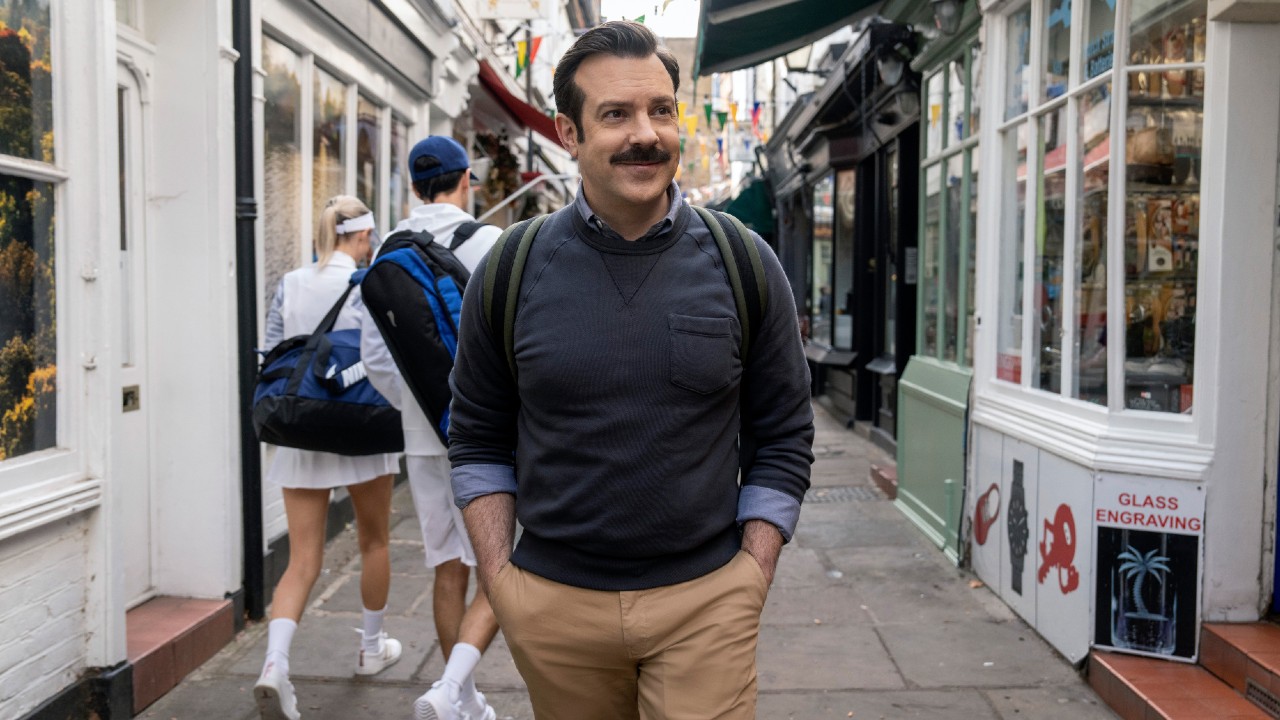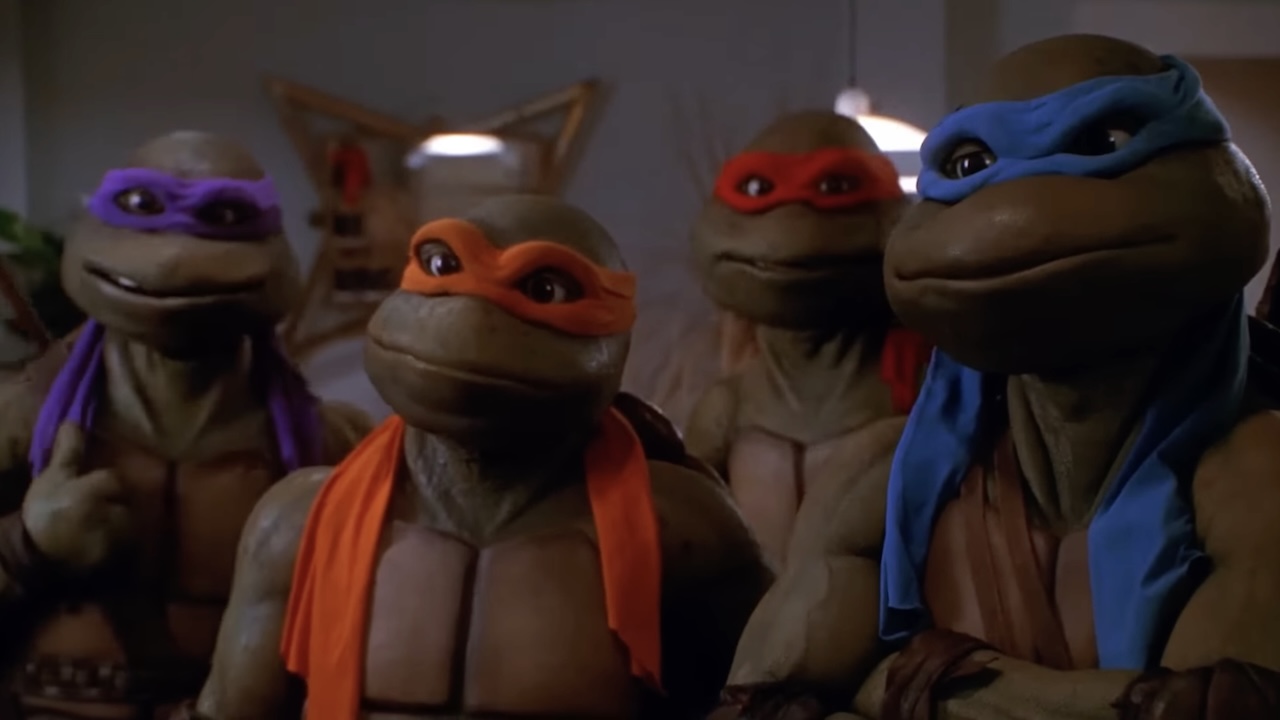Can We Talk About The Amazing Character Development Of Roy Kent In Ted Lasso?
He's here, he's there, he's every-f**king-where!
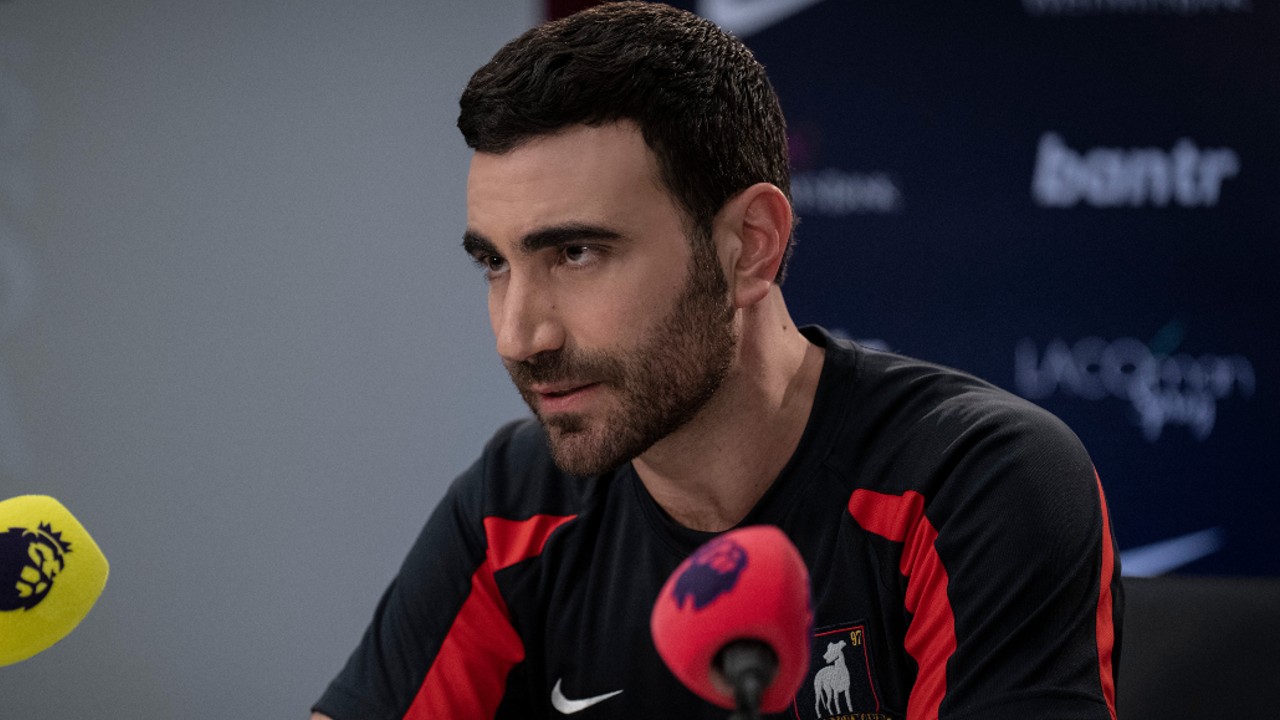
Character development is something that I hold very dear in my life. I’m sure anyone who is appreciative of a good story feels the same, but to me, character development is what defines my favorite characters. If you can somehow make me go from absolutely despising a character to loving them over a matter of seasons, that is absolutely phenomenal writing.
I’m talking about Zuko from Avatar: The Last Airbender. The lovely villain, Negan, from The Walking Dead. You could even count Jamie Lannister from Game of Thrones (I just won’t think about Season 8).
There are so many other wonderful examples of great character development that I could go over, but today, we are focusing on one character I’ve been particularly fond of, and that is Roy Kent from Ted Lasso. While I didn’t hate him in the first season – as it’s quite hard to hate Brett Goldstein and his impeccable performance – he has gone through serious growth over the last three seasons.
As of writing this, the finale for Season 3 has aired – and possibly the whole show is over, and we might not get to see Roy again. So, in honor of my love for him, I’m going to go over why his character development is actually the absolute best on Ted Lasso.
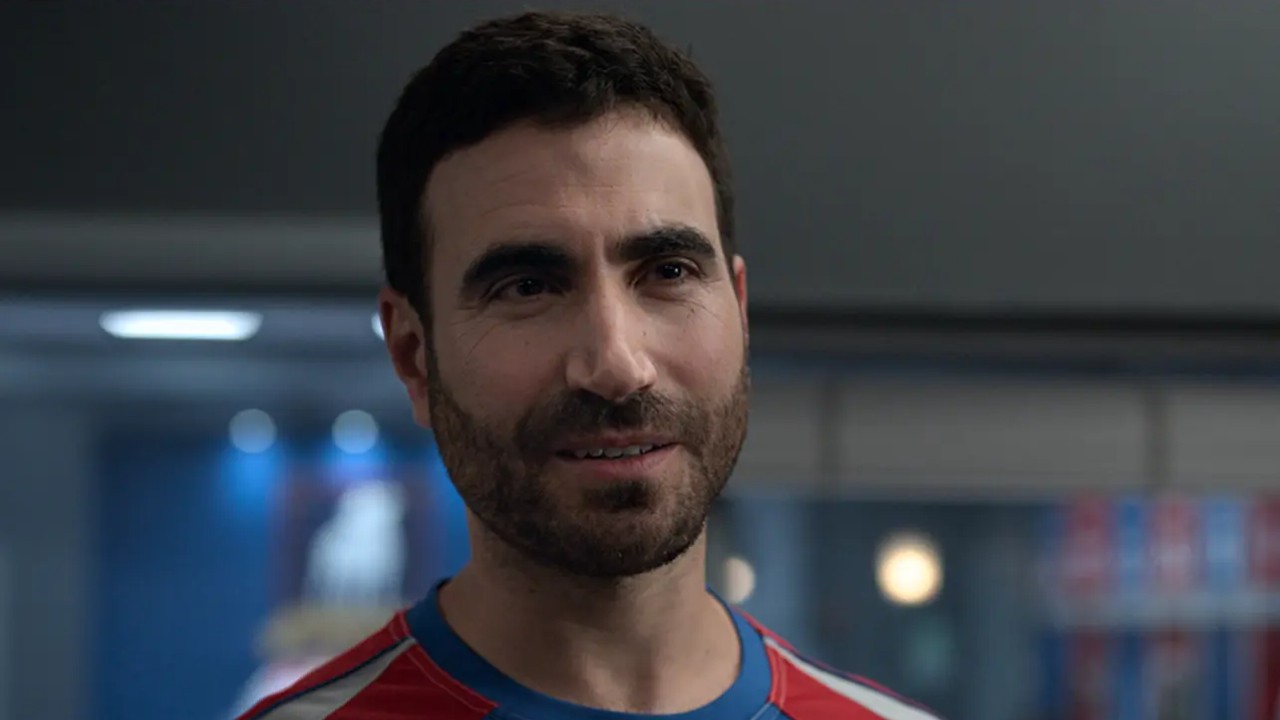
Roy Always Had A Lot Of Passion – But Now He Knows How To Properly Use It
From the moment we meet Roy in Season 1, we know exactly what we’re getting into – a man nearing the end of his career who is filled to the brim with bitter rage over his past mistakes, but he only tries to keep proving to others that he is still worthy of his position on the team. Throughout the first season, we slowly see him break down bit by bit and realize that his passion for football (soccer), as much as he loves it, needs to be directed somewhere differently.
We get that with his injury in the last game he plays in, how he is so disheartened by what happens and how Keeley comes to comfort him. Season 2 is really about Roy finding where his passion for football leads him. At first, he tries to use it to coach his niece, but that doesn’t necessarily work out because coaching little girls the way he does can, ah, end in disaster. There’s a lot of yelling.
He tries being an on-camera football pundit – something he really despises head on, because he’s not the typical “on-camera personality” you would expect. But, he ends up doing it, showing he's not nearly as stubborn as he would have been in, say, Season 1.
Your Daily Blend of Entertainment News
It’s coaching Richmond, however, that really brings that passion back. He pushed back against that idea a lot. He didn’t want to work with Ted again, but over time, he started to realize that maybe, becoming a coach might not be that bad of an idea. Season 3 is where he really shines as a coach, and you can see the passion that he has for soccer finally returning to him in such a healthier way.
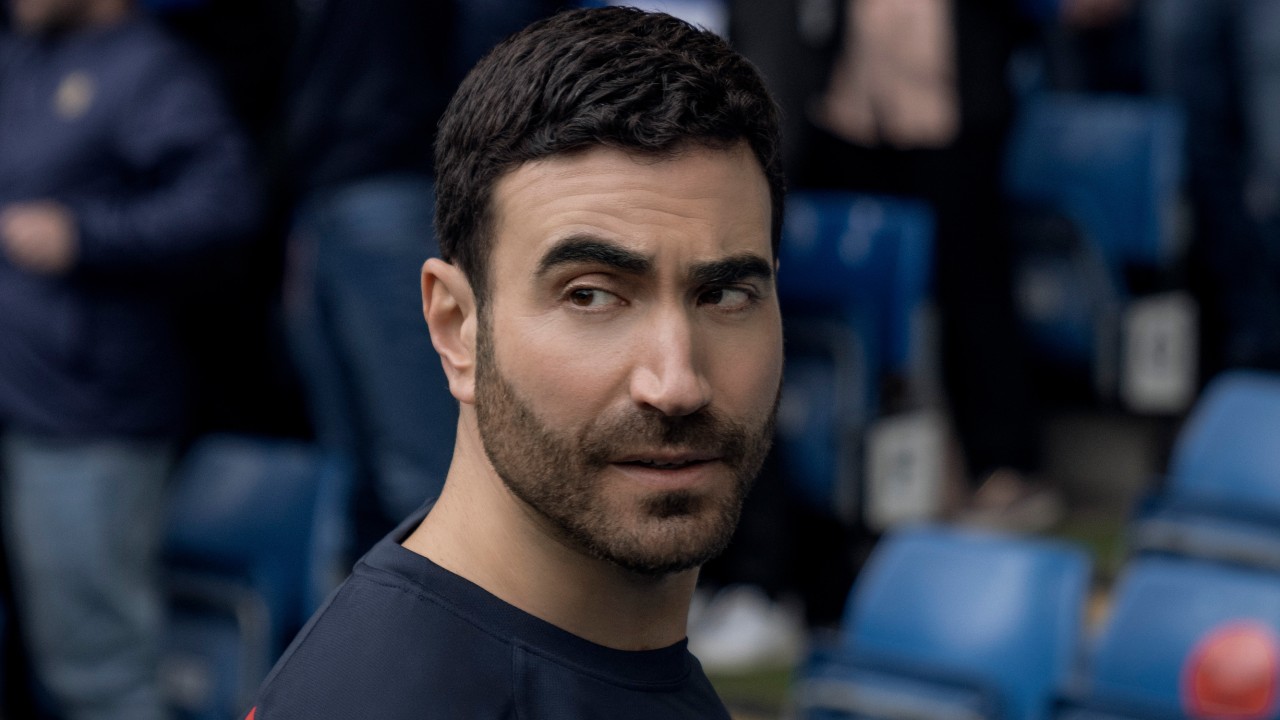
He Changed From A Very Angry Man To A More Controlled One
I think what I also liked about Roy – and what I’m sure many people also did – was that he was just so angry. He really had no reason to be, but that’s what made Roy, Roy. He was straightforward, blunt, and told you exactly how he felt without holding anything back. That kind of honesty is something we all wish to have.
This anger that drove his personality got him into trouble once or twice in Season 1, but two seasons later, he’s learned how to properly keep it in check. Instead of snapping at people, he tries to find better ways to deal with an issue – such as walking away and taking out his anger on something other than the person, which is honestly a healthier coping mechanism than just yelling.
Does he have set backs? Of course. We all saw the Season 3 finale, how he fought Jamie (stupidly) for the idea of being with Keeley. Who doesn’t have set-backs in their self-help journey? It’s all a part of the process.

Roy Pushed Past Old Grudges In Order To Better Himself
One of the best scenes of Season 3 was when Roy forgave Trent Crimm for what the reporter wrote about him when he was rookie. I wasn’t even a huge fan of Trent Crimm until Season 3, but these two really made me like him even more.
But, that’s the thing – Roy forgiving Trent is a huge step in the right direction. Season 1 Roy was so bitter about everything that happened in the past that it was really what drove him to do what he did. That hatred and anger is what made him the passionate player that he was. But now, as he’s gotten older, he’s had to push those feelings to the side to make way for much healthier coping skills – and because of that, he is learning how to forgive past grudges.
Talk about a full 180, but it was something that we needed to see all the same.

He’s Made Friends With Former Enemies That We Never Expected
We could state the obvious and talk about how Ted and Roy basically ended up being close friends by the end of the Season 3 finale, with Roy literally becoming a Diamond Dog to talk to him about Keeley. That never would have happened in Season 1.
The more glaring example, though, is Roy and Jamie, a friendship I never knew I needed until Season 3. These two were literally the worst of enemies in Season 1, and now they’re off riding bicycles together in New Amsterdam. It started off simply as training between the two of them and then slowly blossomed into a genuine friendship that was built on mutual respect.
Again, that fight between them for Keeley is a step back, but it really doesn’t undo all the changes they’ve made, both together and as individuals. Roy learning to make peace with his enemies and, not only that, but become friends with them, is a huge step in the right direction.

He’s Learned To Forgive Himself For His Past Mistakes – And Make Amends For Others
Roy is the kind of guy that I feel is very hard on himself when he makes mistakes, as we all can be sometimes, and that’s what makes his transformation in Season 3 that much better. Roy used to be very hard to get an apology out of, but now he fully shows how sorry he is.
For example, the note he wrote Keeley about that video leak and what he said to her about it. He's now learned how to properly express all his emotions and put them on that piece of paper in order to properly convey how he was feeling. And, he’s also learned how to forgive himself for his own issues.
That final scene of him getting therapy from Dr. Fieldstone is a huge turning point, and if we never see Roy again, it's a great way to close out his character. You never could have imagined him in therapy in Season 1, but the fact that he is willing to reach out and get the help that he feels he needs now, is absolutely beautiful.
I really don’t know if we’re going to get another show like Ted Lasso, or even another character like Roy Kent. Heck, I don’t think I’ll ever love a cast more than the Ted Lasso cast.
But, what I will say is that it was a heck of a ride seeing Roy Kent change into the amazing player and coach I knew he could be – and if we ever get to see him again, I can’t wait to witness his greatness once more. He’s here, he’s there, he’s every-f**king-where!

A self-proclaimed nerd and lover of Game of Thrones/A Song of Ice and Fire, Alexandra Ramos is a Content Producer at CinemaBlend. She first started off working in December 2020 as a Freelance Writer after graduating from the Pennsylvania State University with a degree in Journalism and a minor in English. She primarily works in features for movies, TV, and sometimes video games. (Please don't debate her on The Last of Us 2, it was amazing!) She is also the main person who runs both our daily newsletter, The CinemaBlend Daily, and our ReelBlend newsletter.
